Proteolysis Targeting Chimera (PROTAC) Technology: A Revolutionary Breakthrough from "Undruggable" to "Druggable"
One of the most remarkable advantages of Proteolysis Targeting Chimera (PROTAC) technology is its ability to transform traditionally "undruggable" targets into "druggable" ones. Traditional small-molecule drugs or monoclonal antibodies typically rely on the enzymatic active sites of target proteins to function. However, over 80% of proteins in human cells lack such sites—they may have no enzymatic activity or lack druggable surfaces, rendering traditional drugs ineffective against them. PROTAC technology overcomes this limitation by precisely capturing these "undruggable" proteins and rapidly degrading them via the ubiquitin-proteasome pathway. In recent years, with the rapid development of targeted protein degradation strategies, PROTAC technology has emerged as one of the most promising breakthrough technologies in the field of drug development.
How PROTAC Technology Works: Precise Degradation of Target Proteins
PROTAC, short for PROteolysis TArgeting Chimera, is an innovative bifunctional small molecule. Its structure is ingeniously designed: one end is a ligand that binds to the target protein, and the other end is a ligand that binds to an E3 ubiquitin ligase, with the two connected by a flexible linker. In vivo, the PROTAC molecule brings the target protein and the E3 ubiquitin ligase into proximity, facilitating ubiquitination of the target protein, which is then efficiently degraded via the ubiquitin-proteasome pathway. This unique mechanism enables PROTAC technology to target proteins that are difficult for traditional drugs to act upon, opening new avenues for drug development.
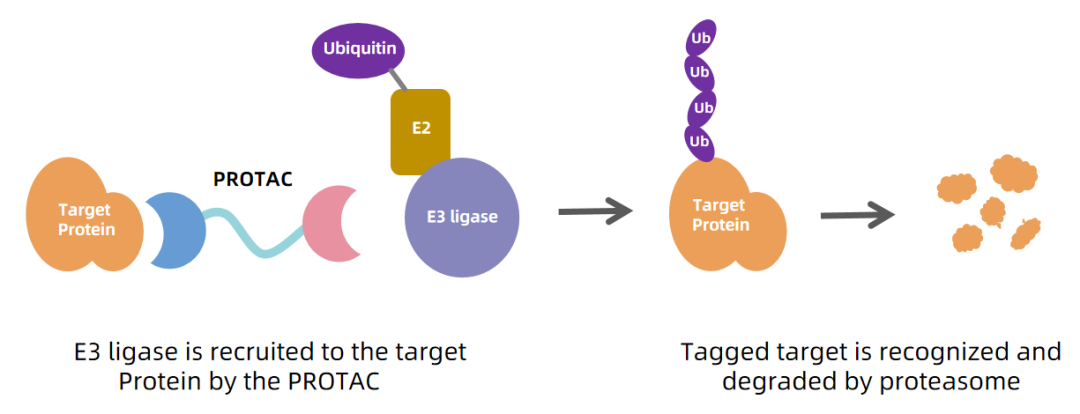
Cereblon (CRBN): A Key E3 Ubiquitin Ligase in PROTAC Technology
In PROTAC technology, CRBN is a commonly used E3 ubiquitin ligase. By binding to PROTAC molecules, it serves as a critical bridge, guiding the ubiquitination and degradation of target proteins. To accelerate PROTAC-related research, the CRBN Binding Kit, developed based on TR-FRET technology, has been introduced. This kit enables efficient and precise screening of compounds or ligands that specifically bind to CRBN, providing inhibition constant (Ki) values, thereby offering a powerful tool for the design and optimization of PROTAC molecules.

* Principle of CRBN Single-Side Screening Assay (Competitive Screening for Novel CRBN Ligands)

KeyTec® TR-FRET human cereblon protein binding assay principle
* Steps for CRBN Single-Side Screening Assay
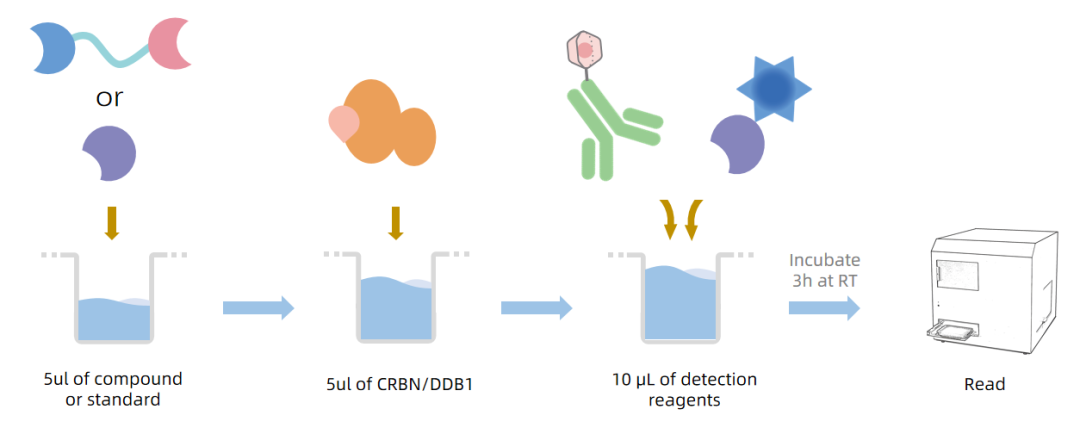
*Validation Data for CRBN Single-Side Screening
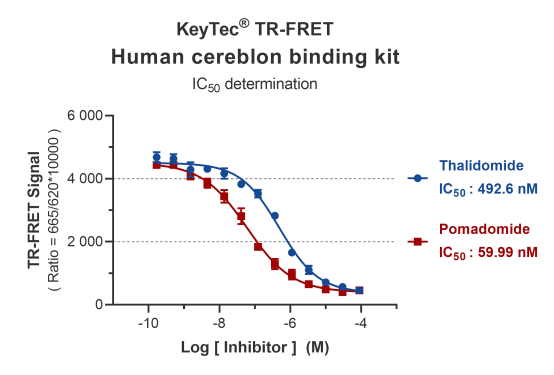
*Performance of CRBN Binding Kit
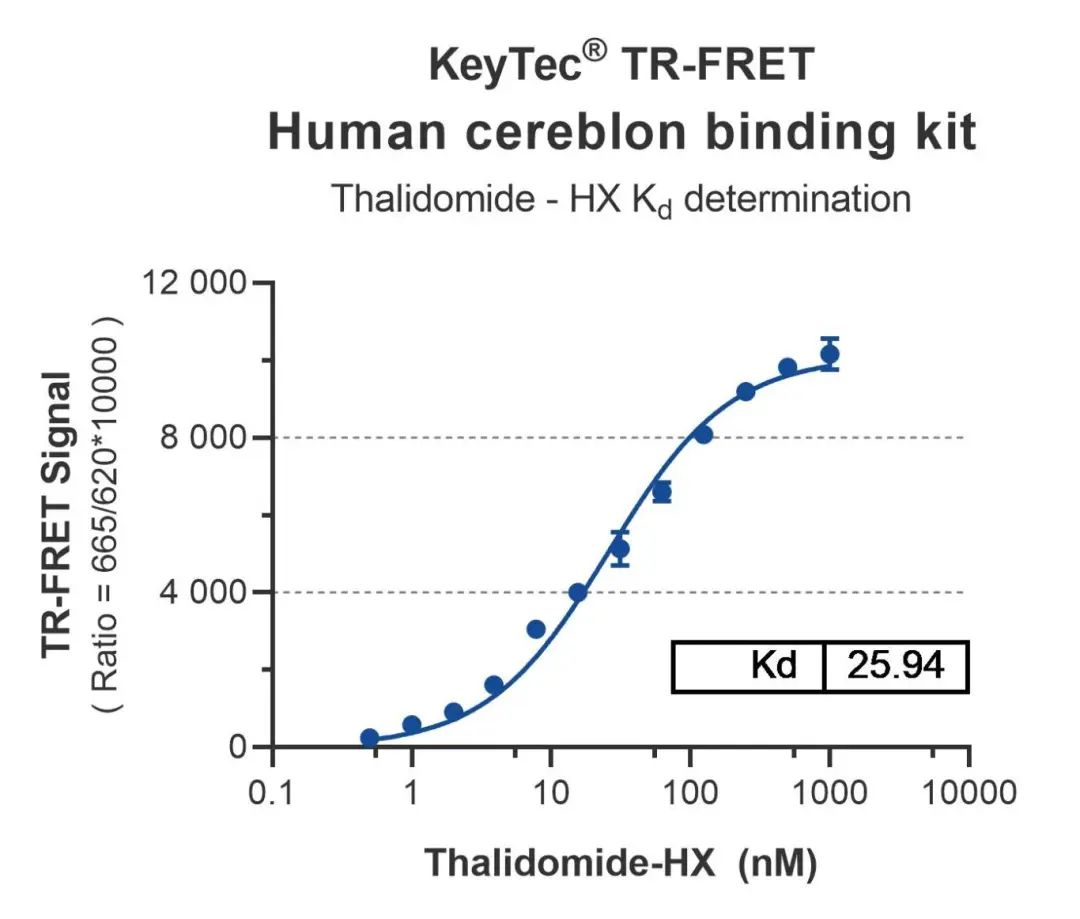
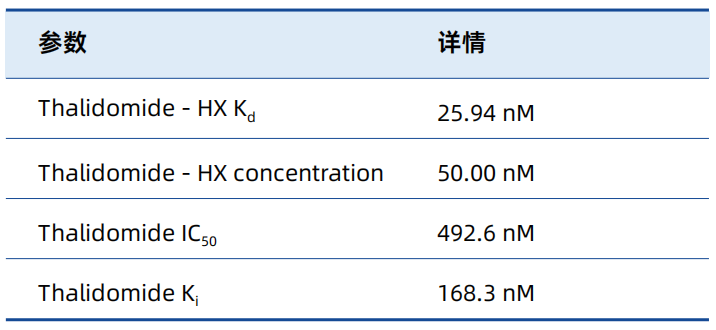
The KeyTec® TR-FRET human CRBN protein binding assay kit offers the following significant advantages:
1、High Sensitivity and Specificity: Based on TR-FRET technology, the kit can detect CRBN protein-ligand binding at nanomolar levels with high specificity and minimal background interference.
2、High-Throughput Screening: The kit is compatible with 96-well or 384-well microplates, enabling rapid screening of large numbers of samples to meet high-throughput demands.
3、Easy to use: The kit provides pre-mixed reagents and optimized protocols, simplifying assay procedures and reducing errors.
4、Excellent Reproducibility: Rigorous quality control ensures highly reproducible assay results.
5、Broad Applicability: The kit is suitable not only for screening CRBN inhibitors but also for measuring the affinity of CRBN ligands, making it widely applicable in drug development, mechanism studies, and other fields.
Choose Efficient and Accurate Scientific Solutions!